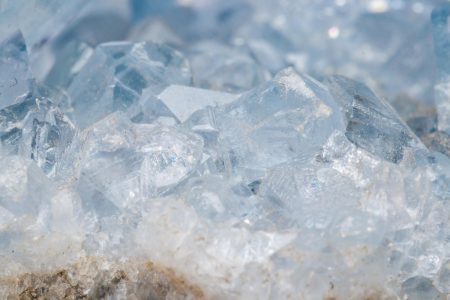
Opinion
MANUFACTURE OF GOODS
Raw materials: searching for lost resilience

Marian Pereira
Senior Consultant
RAW MATERIALS
In this article we look at the future prospects for the mining sector in order to achieve sustainable and responsible resource extraction
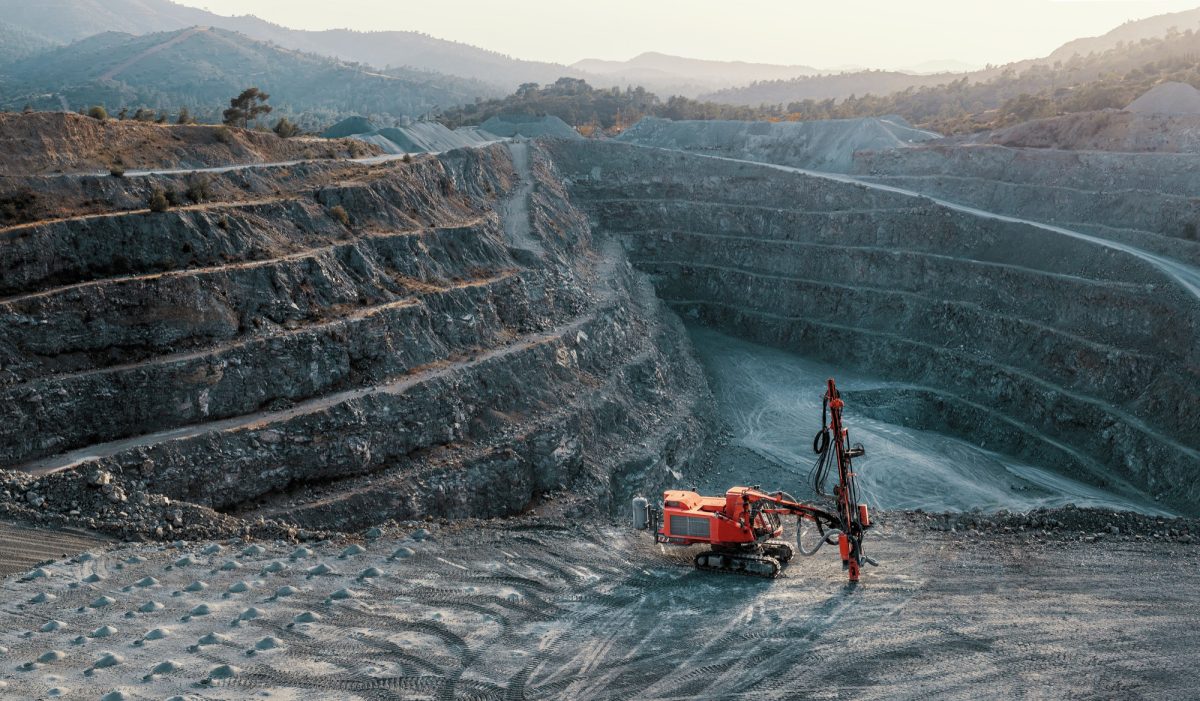

Spanish National Project Consultant and mining expert
Before you start reading, take a look around you. Every single element you see or touch has required some mining activity. The device you are reading this on alone has required some 75 elements and their corresponding minerals. I believe that this reflection is necessary to understand the crucial importance of mining in our socio-economic development.
Mining evolves according to the needs of the society of its time, which is why mining companies are currently adapting to so-called Green Mining. The acceleration of the energy transition has pushed many companies to go further and aim towards Sustainable Mining, which not only contributes to decarbonisation but also goes further and introduces procedures to have a positive social impact.
Mining has faced a multitude of changing challenges throughout history. New times and the current socio-economic context have introduced new challenges that until a few years ago were not even contemplated. This is the case of the incorporation of concepts such as ESG (Environmental, Social and Governance) or decarbonisation which, according to Ernst & Young's latest annual report on the top 10 business risks and opportunities for the mining and metals sector in 2023, ranked first and third respectively, above challenges such as costs and productivity, labour or capital.
In ninth place is also the Digital and Innovation challenge, which in recent years has been a constant in this top 10.
In addition, mining faces many other challenges related to sustainability and energy transition set by the market. Such is the situation that by the end of 2024, the world's largest metals exchange, the London Metal Exchange, will require compliance with ESG standards. In the event of non-compliance, companies will receive a risk warning that will reduce the price of the commodity in question and increase transaction costs, and may even lead to the commodity being suspended or removed from the metals trading list.
Along the same lines, the most prestigious certification standards for mineral reserves and resources (JORC, NI-43-101, SAMREC) have already integrated the ESG factor into their guidelines and codes. And, for example, the value of a mine and its proven reserves will also depend on ESG.
These sustainability and decarbonisation challenges go hand in hand with reducing dependence on critical raw materials, especially those related to the energy transition. Reducing this dependency in a sustainable way is key for companies in the mining sector and should be seen as an opportunity to incorporate innovative practices that contribute to meeting their sustainability goals and positioning themselves strategically in the market.
On the road to energy transition, it is essential to minimise dependence on external raw materials and, especially, on countries that are not aligned with this sustainable energy transition model. By way of example, China currently dominates the solar panel value chain, accounting for at least 75% of each of the phases involved. This includes, of course, the mining of all the minerals involved in the transformation processes.
In this context of dependence on raw materials, the European Commission publishes a triennial list of Critical Raw Materials (CRM) in which it identifies those minerals that are fundamental for the energy transition, electrification of transport or the manufacture of microchips, which are key to technological development. In addition, a timetable has been set specifying what quantities of raw materials from this list member states must be able to extract in order to minimise dependence on third parties.
This timetable stipulates that by 2030, member states must obtain at least 10-15% of the CRM they consume from domestic sources, process at least 40% on European territory, recycle 15% and export a maximum of 65%.
With these targets, Europe is well positioned with a high mining potential and an abundance of key materials for the energy transition. Today it has active mines for several key raw materials included in the CRM 2023 list. These include copper, strontium, fluorspar, tantalum, silicon and wolfram. As well as significant deposits of other key materials such as antimony, barite, bismuth, cobalt, lithium or rare earths, among others.
In order to minimise dependence, mining projects with a focus on Sustainable Mining must be promoted that, through innovation, contribute to sustainability objectives and manage to produce mineral raw materials with high quality standards, in order to face current challenges. Innovation should be the catalyst for companies in the mining sector to achieve their sustainability objectives and, in symbiosis, to achieve the company's strategic objectives and maximise its competitiveness.
In this context of raw material scarcity crisis combined with the heavy dependence of some industries on critical raw materials and the economic and climate change implications, it is worth asking whether there really is a way to carry out low-impact mining and how industry experts can help towards that goal.
At Zabala Innovation we accompany our clients in the mining sector in defining their sustainability and innovation strategies, identifying the objectives to be taken into account and the actions to achieve them. In addition, our team, made up of experts in different areas such as mining engineering, sustainability and social impact, will continuously monitor funding opportunities to help you achieve all your objectives in the best possible way. We work hand in hand to make innovation the tool to achieve your strategic and sustainability goals.

Bilbao Office
Spanish National Project Consultant and mining expert

Opinion
MANUFACTURE OF GOODS

Marian Pereira
Senior Consultant
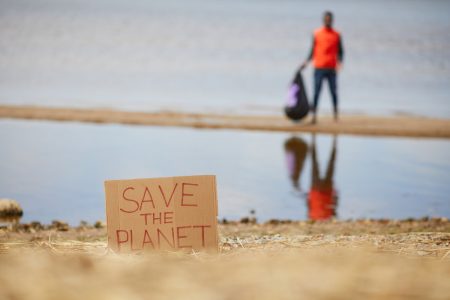
Opinion
LIFE PROGRAMME

Adrián Rivas
Consultant

Opinion
ENVIRONMENT

Margot Delestre
Consultant specialised in LIFE projects
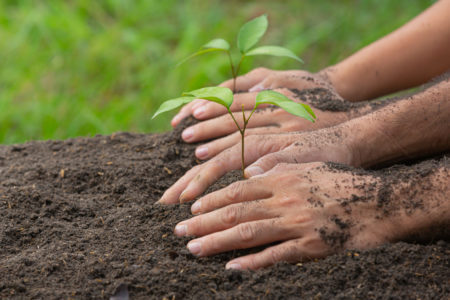
News
LIFE PROGRAMME
Zabala Innovation has obtained 13 million euros in funding for its clients in the SAP projects of LIFE 2021

Opinion
MANUFACTURE OF GOODS

Marian Pereira
Senior Consultant
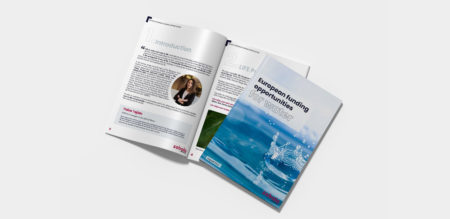
Publication
WATER FUNDING OPPORTUNITIES
Don't miss our publication with European topics and funding opportunities for water-related projects
This website uses cookies so that we can provide you with the best user experience possible. Cookie information is stored in your browser and performs functions such as recognising you when you return to our website and helping our team to understand which sections of the website you find most interesting and useful.
Strictly Necessary Cookie should be enabled at all times so that we can save your preferences for cookie settings.
This website uses Google Analytics to collect anonymous information such as the number of visitors to the site, and the most popular pages.
Keeping this cookie enabled helps us to improve our website.
Please enable Strictly Necessary Cookies first so that we can save your preferences!
This website uses the following additional cookies:
(List the cookies that you are using on the website here.)
Please enable Strictly Necessary Cookies first so that we can save your preferences!